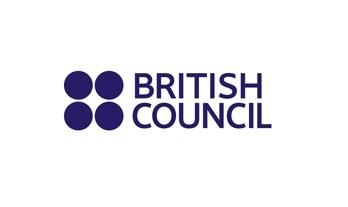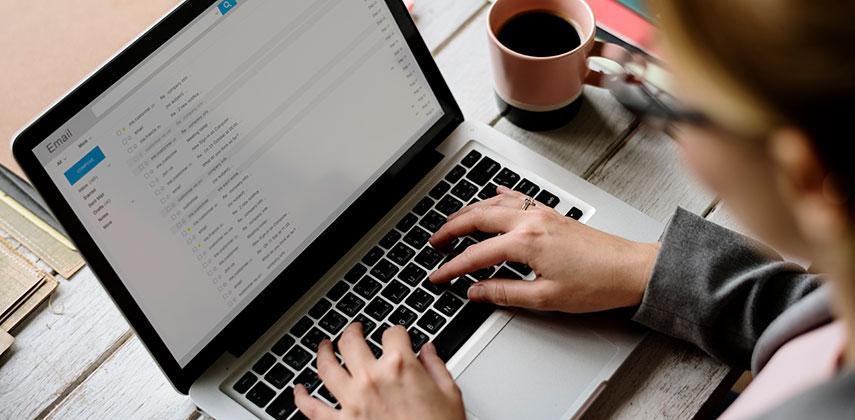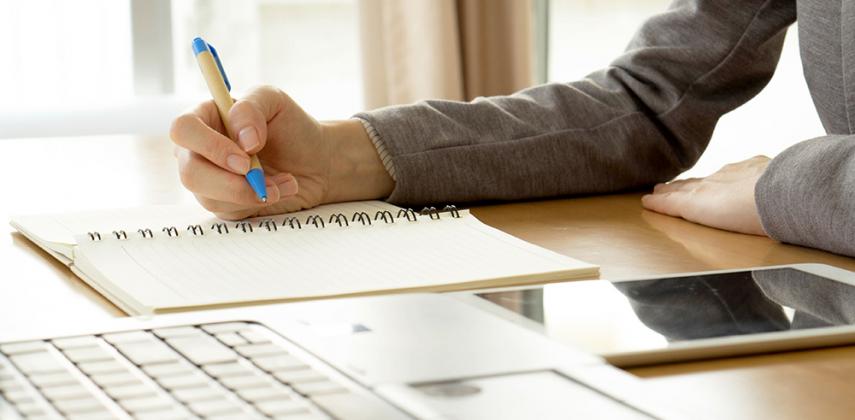In part 1 last week, we explored what tone is and why it matters in our formal email correspondence. In this section, we focus on language which will help you to make the right impression on your reader.
Play it safe
Using formal style, showing respect, is always the right choice in a professional context. Use the salutations below to open your email and greet your reader appropriately.
Known reader:
– Dear David / Dear Ms Chan / Dear Mr Simon Smith / Dear Dr Wu
Unknown reader:
– Dear Sir or Madam / Dear HR Manager / Dear Customer Services
If you are writing in response to an email, acknowledge this with thanks:
– Thank you for your email of 4 February regarding your order of camera equipment.
– We are pleased to confirm receipt of your application for the position of Assistant Manager.
You should also close your email on a positive note, leaving a good final impression on the reader:
– We look forward to hearing from you soon.
– Thank you for your time and help with this matter.
– Thank you in advance for your help.
Finally, sign off your email cordially:
– Yours faithfully (unknown reader – very formal)
– Yours sincerely (known reader- very formal)
– Best / kind regards
– Many thanks
– With best wishes
Short and sweet?
When we’re busy, we often keep our email correspondence brief to save time. However, consider the potential negative impact this might have on the reader. You have worked long and hard on a report. Finally, you send it to your boss. He replies with one word: ‘Fine.’ How does that curt response make you feel? Not great.
How much better would you feel if your boss had made the effort to reply more fully?
‘Dear Hannah,
Thank you for the report. You have clearly spent a great deal of time putting it together. Apologies, but I haven’t had time to read it in full yet. I have skimmed through it though and it looks fine. Thanks for your hard work. I’ll get back to you properly tomorrow.
Best regards,
James’
Positive language choices
Another way to create appropriate tone is to avoid using negative language where possible. Consider these pairs of sentences. Which makes the better impression on the reader?
– I’m busy until 2 p.m. / I’m free after 2 p.m.
– It was too difficult. / It was quite challenging.
– Please don’t be late. / Please arrive on time.
– Don’t shut down your computer. / Leave your computer turned on.
Passive voice
Even when writing awkward emails, you can make grammatical choices which keep your tone diplomatic.
Active voice: You told me the delivery would arrive on Monday.
Passive voice: I was told the delivery would arrive on Monday.
Active voice: Your team made many mistakes.
Passive voice: Many mistakes were made.
Using passive voice can avoid blaming people directly, keeping your tone neutral and gracious in a difficult situation.
Revise and review
So, before you hit send on that next work email, proof-read your writing to check you’re striking the right tone. That way, you can be sure you’re always sending the right message!






